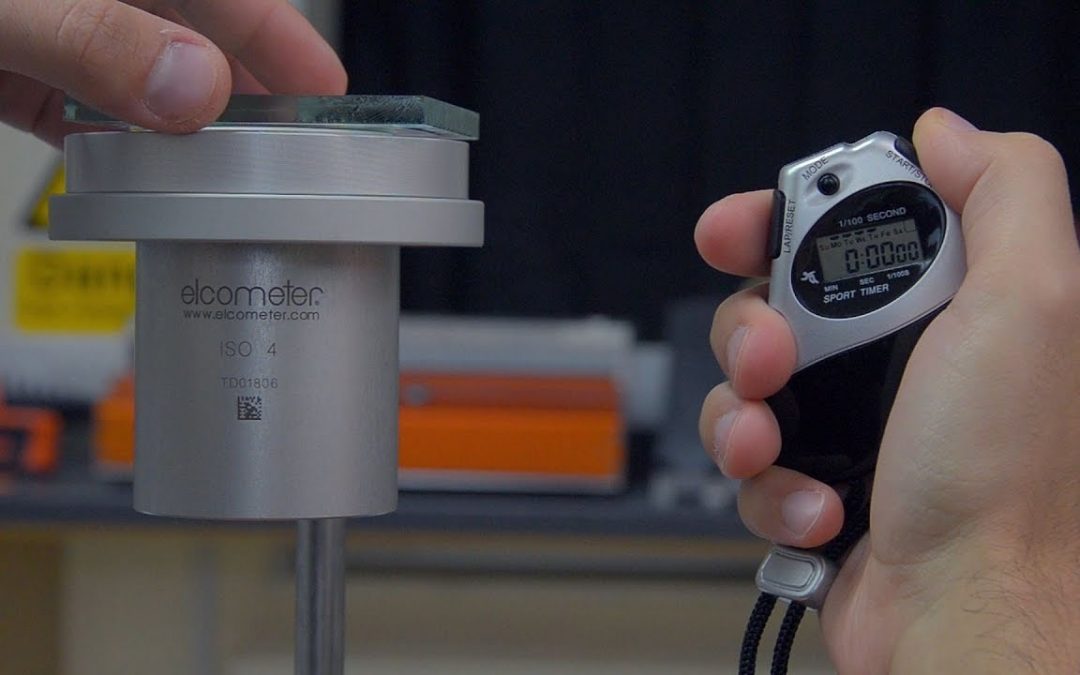Viscosity plays an important role, to get a satisfactory finish in UV coating. The printing industry is enough developed to provide correct and consistent viscosity products, as well as alternative products with different viscosities. So, there is nothing much left for the printer about the viscosity adjustment. However, every printer operator should know and understand the nature of the viscosity and its effects on the coating finish.
The viscosity can be described as the resistance of liquids, against flowing. So, a low viscous liquid has a low resistance to flow, which means it runs easily like water or oil. A high viscous liquid has a high resistance to flow and doesn’t run, similar to honey. The viscosity is closely depended on the liquid’s temperature.
The measurement of viscosity is done in various methods. A widely accepted technical method in paint and coatings industry is the Brookfield’s Viscosimeter which consists of a spinning rod, submerged into the liquid. The resistance to the spinning is measured by the device. That is a simple operation in the manufacturers’ laboratories but a more practical method is needed for the print shop. That practical method is the drip cup. A pre-set amount of liquid flows through a opening with a specific diameter, at the bottom of the cup. In this method, the flow time is counted in seconds. The common types of drip cup in UV coating industry are Ford Cup #3 and DIN Cup #4. These two systems give totally different results and cannot be compared (Dynamic viscosity vs Kinematic viscosity). So, some conversion tables are created and all ink & coating manufacturers provide both measurement data on their technical documents.
The temperature is an extremely important factor in viscosity. Almost all liquids change their viscosity behavior, based on their temperature. As a rule of thumb, if the temperature of the liquid is increasing, it’s viscosity is decreasing and visa versa. For this reason, all viscosity measurements must be presented with the respective temperature information. In paint and coating industry the measurement temperature is usually 68oor 77oF (20o– 25oC). One should understand, this is the temperature of the product itself and not the environmental or room temperature.
It is very important for the printing operator to understand the influence of temperature on the viscosity, because the exact same UV coating product will behave differently in winter and summer. However, if the product is brought (heated or cooled) to it’s standard measurement temperature, the measurement will match the viscosity value mentioned on the technical documents. So, it is crucial for the printing operator, to bring the product to it’s standard temperature before conducting a measurement.

